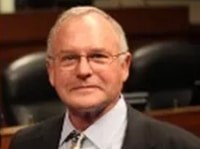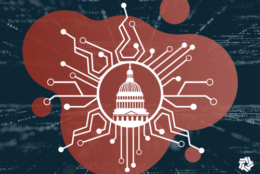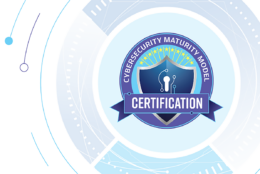Commentary
-
What’s the difference between relaxing, not panicking, and sleeping at the wheel? What do feds do between now and when they plan to retire and, more importantly, when they actually start tapping their TSP accounts?
January 27, 2022 -
While the long-awaited bipartisan Infrastructure and Jobs Act represents an unprecedented opportunity to close the digital divide in America, it also sets up an experiment to test the competing philosophies upon which America was built. In an era of rising political polarization, the infrastructure bill reflects an unusual point of agreement across ideology and partisanship.
January 26, 2022 -
When it comes to planning your federal retirement, there is no such thing as a dumb question. Some may seem strange, off the way, but if you’ve got a question there is probably an answer you didn’t know about. Or one that surprises you.
January 26, 2022 -
What many don’t realize is that while remote work is still a novelty for many, if not most, it is standard-operating-procedure for an unknown number of feds. Some of them have been doing it for years.
January 25, 2022 -
Richard Beutel, principle and founder of Cyrrus Analytics and a former lead counsel for acquisition and IT policy/cloud for the Senate Homeland Security and Government Affairs committee and the House Committee on Oversight and Government Reform, makes the case why government needs to acquire cloud technologies on a consumption basis. But this will probably require waiving the Anti-Deficiency Act.
January 24, 2022 -
Kiran Ahuja, the director of the Office of Personnel Management, explains why making sure the federal workforce earns a minimum wage of $15 per hour is so important.
January 21, 2022 -
The Coalition for Government Procurement wants federal government to reevaluate and refocus the tools at its disposal, including the Buy American Act, to address global supply chain risks.
January 21, 2022 -
With all the scores hovering around average, what does the new federal employee Pulse Survey really say?
January 21, 2022 -
Some new retirees suffer an unexpected and extended clash-flow problem. It can have an impact on their standard of living, which includes important stuff, like food, the electric bill and vacations. That can continue until their post-retirement income is straightened out.
January 20, 2022 -
Most projects conducted at federal agencies are traditionally complex, lengthy and resource-intensive. In the past, software releases occurred every six months, but now, in the digital transformation era, these releases are happening on a monthly basis.
January 19, 2022 -
Tom O’Rourke, a Washington-area tax and estate attorney and former IRS lawyer, shares his plan to allow federal employees to double their money and to save more than $1,000 in taxes at no risk.
January 19, 2022 -
The federal government operates an increasingly distributed mission. From battlefields to warehouses to agricultural inspections, agencies need a technology architecture that adapts to their dispersed yet complex computing needs.
January 18, 2022 -
A growing number of savvy feds are and have been rolling outside money into the TSP at an impressive and growing scale.
January 18, 2022 -
The Pentagon announced in November a new “strategic direction” for its Cyber Maturity Model Certification, calling it CMMC 2.0 and essentially admitting the first iteration was overly complex and costly.
January 17, 2022 -
You can't personally change perceptions of federal employee ... or can't you?
January 17, 2022












